Everest (에베레스트)
2.5 Km 15771 2019-09-02
2-1, Jong-ro 51ga-gil, Jongno-gu, Seoul
+82-2-766-8850
Nepal is located in the southcentral region of the Himalayan Mountains between India and Tibet, accounting for its diverse mixture of both country's cultures. Restaurant Everest allows guests to enter this culturally diverse world by offering cuisine from Nepal, India, and Tibet. In addition, Everest is operated by a Nepali owner, serving affordable food to tourists and students interested in the culture of Nepal. Customers can learn of the traditional food and culture of Nepal while listening to Nepali music and watching movies. The restaurant also provides a seminar area for various meetings.
Chowoo Maeul (초우마을)
2.5 Km 8379 2019-01-29
8, Hoegi-ro 28-gil, Dongdaemun-gu, Seoul
82-2-957-2266
Chowoo Maeul, located at Hwigyeong-dong Intersection, specializes in fresh beef, serving top-quality top sirloin and boneless short ribs. It has banquet rooms for group dining.
Okcheon Maeun Jokbal (옥천매운족발)
2.5 Km 59 2021-03-29
23, Jong-ro 51na-gil, Jongno-gu, Seoul
+82-2-3672-7168
This is a restaurant serving delicious spicy pork feet. This Korean dishes restaurant is located in Jongno-gu, Seoul. The most famous menu is braised pigs' feet.
Anssine Jjukkumi (안씨네쭈꾸미)
2.5 Km 104 2021-03-29
17-26, Imun-ro, Dongdaemun-gu, Seoul
+82-2-969-7668
Tree ear good for strengthening immunity is served. This Korean dishes restaurant is located in Dongdaemun-gu, Seoul. The representative menu is stir-fried webfoot octopus and pork belly.
Dongdaemun Bonga Gamasot Seolleongtang (동대문본가가마솥설렁탕)
2.6 Km 163 2021-03-18
299-1, Jong-ro, Jongno-gu, Seoul
+82-2-741-1510
This is a Korean cuisine located in Dongdaemun Gate, Seoul. A restaurant selling Korean-style healthy broth-based dishes. The best menu at this restaurant is ox bone soup.
Dongdaemun Jeongyuk Sikdang (동대문정육식당)
2.6 Km 159 2021-03-18
7, Jong-ro, 46-gil, Jongno-gu, Seoul
+82-2-764-1541
A restaurant that charges a fee for table setting. The most famous menu is grilled pork belly. A barbecue specialty restaurant located in Dongdaemun Gate, Seoul.
Namhae Gulgukbap (남해굴국밥)
2.6 Km 139 2021-03-18
11, Jong-ro, 46-gil, Jongno-gu, Seoul
+82-2-764-4858
A restaurant that uses only fresh oysters delivered from Tongyeong every day. The representative menu is oyster and rice soup. This Korean cuisine is located near Dongdaemun Station, Seoul.
Hanyangguksu Donsamo (한양국수돈삼오)
2.6 Km 116 2021-03-18
9, Jong-ro, 46-gil, Jongno-gu, Seoul
+82-2-764-4718
This is a Korean cuisine located in Dongdaemun Gate, Seoul. The best menu at this restaurant is banquet noodles. A store where you can enjoy grilled meat and noodles together.
Yennal Yeongil Naengmyeon (옛날연길냉면)
2.6 Km 170 2021-03-18
31, Jong-ro, 46-gil, Jongno-gu, Seoul
+82-2-747-8898
This is a Korean cuisine located in Dongdaemun Gate, Seoul. A restaurant run by a Chinese. The best menu at this restaurant is cold buckwheat noodles.
Museo de Arte Kansong (간송미술관)
2.7 Km 14384 2023-01-16
Eulji-ro 281, Jung-gu, Seúl.
El museo tiene una superficie total de13.223 m², se encuentra situado en un ambiente tranquilo y tan sereno que es increíble creer que esté ubicado en el centro de la ciudad. En particular, en el edificio Bohwagak (símbolo representante del museo) podrá encontrarse con los tesoros culturales que ha coleccionado el maestro Jeon Hyeong-pil, durante toda su vida, y lo más destacable es que la mayoría de las reliquias fueron designadas como tesoros nacionales. Siendo el único museo del país que conserva las piezas artísticas (pinturas y caligrafías) de la antigüedad, establece la exposición de los patrimonios culturales que posee, 2 veces al año por un período de 2 semanas, en mayo y octubre, respectivamente.
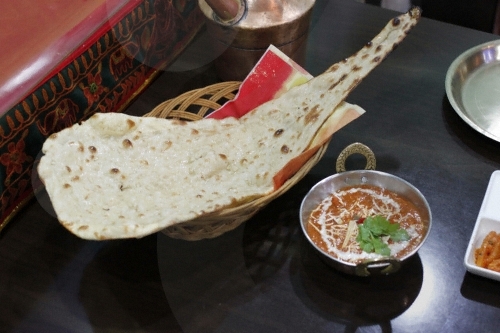
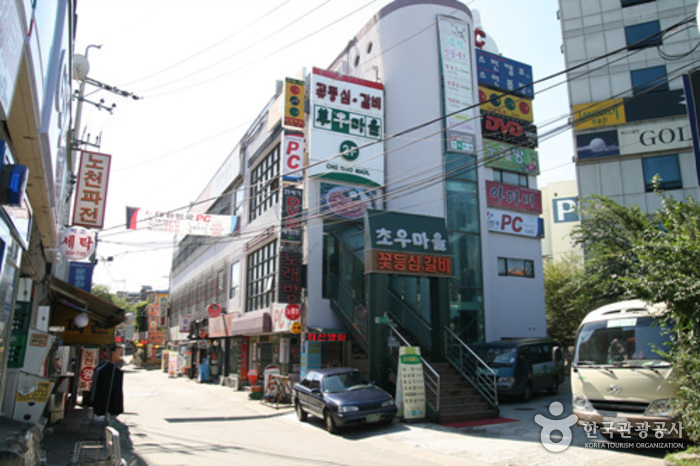
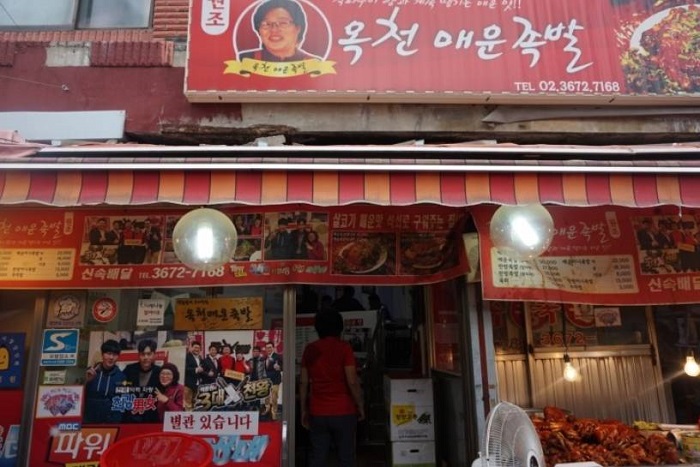
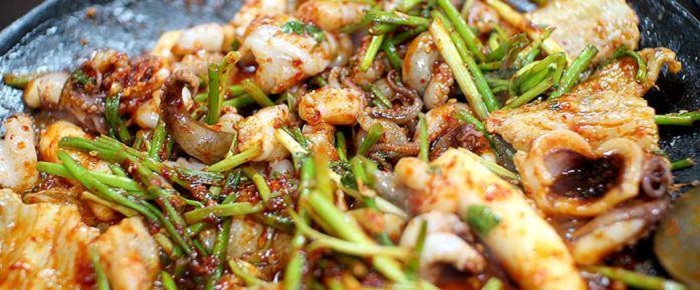
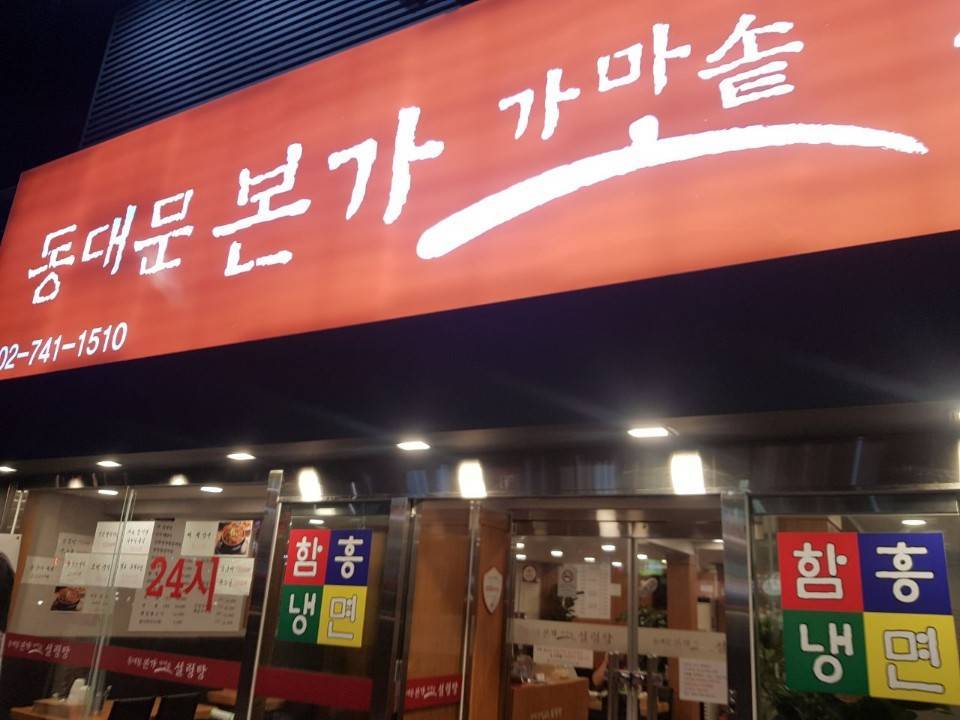
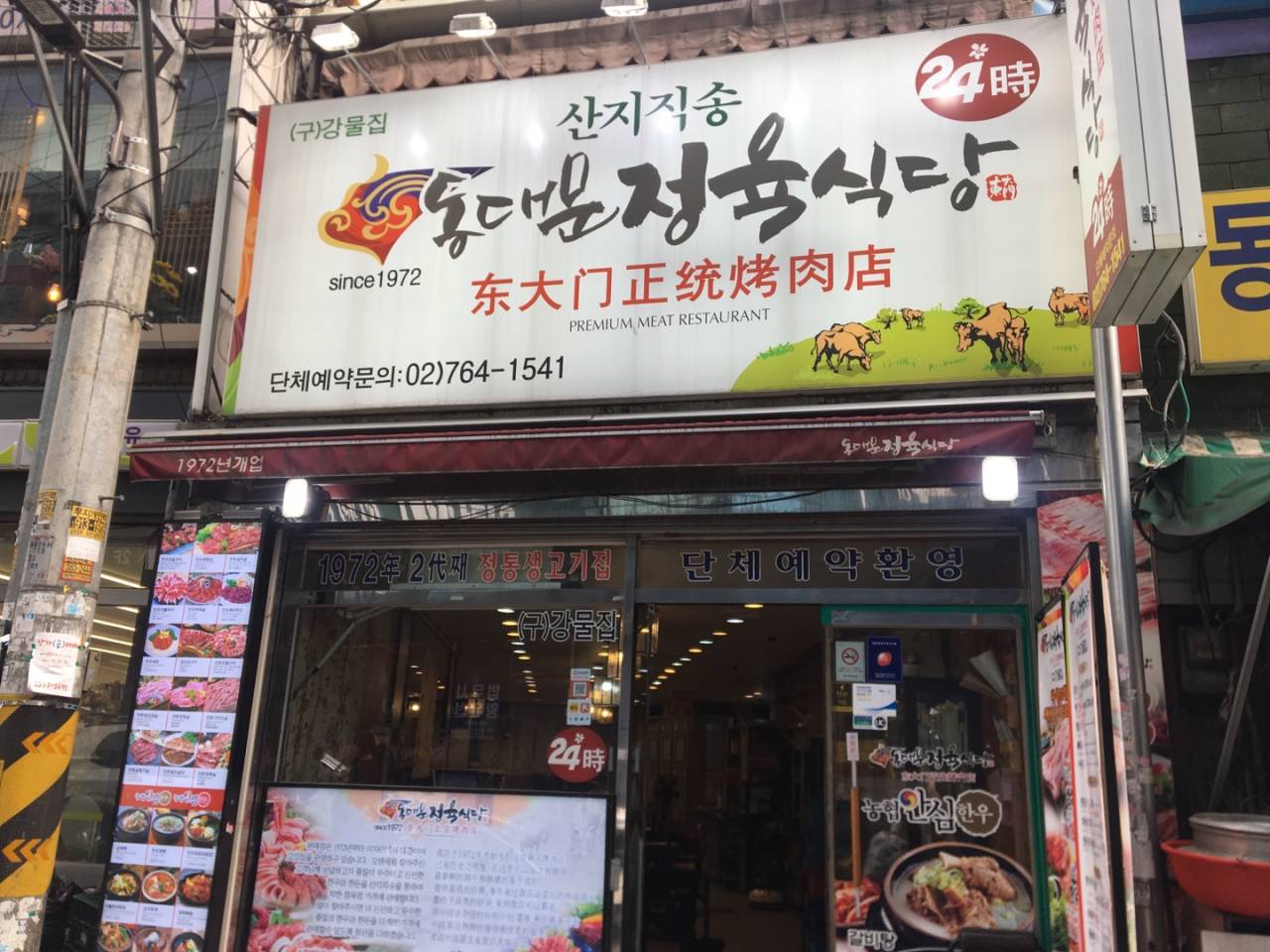
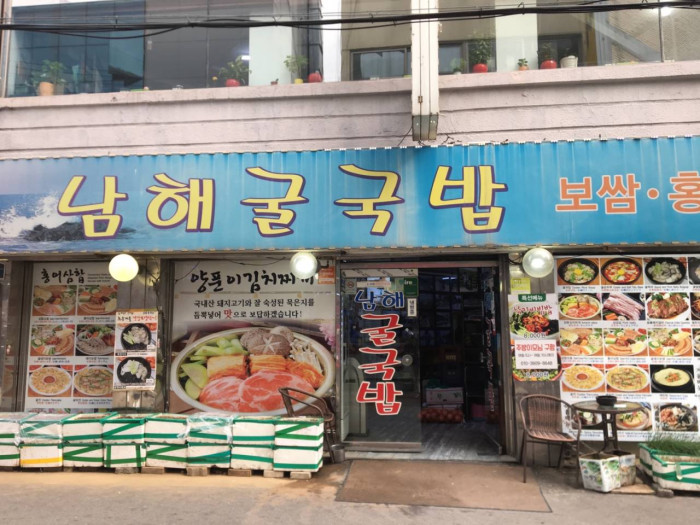
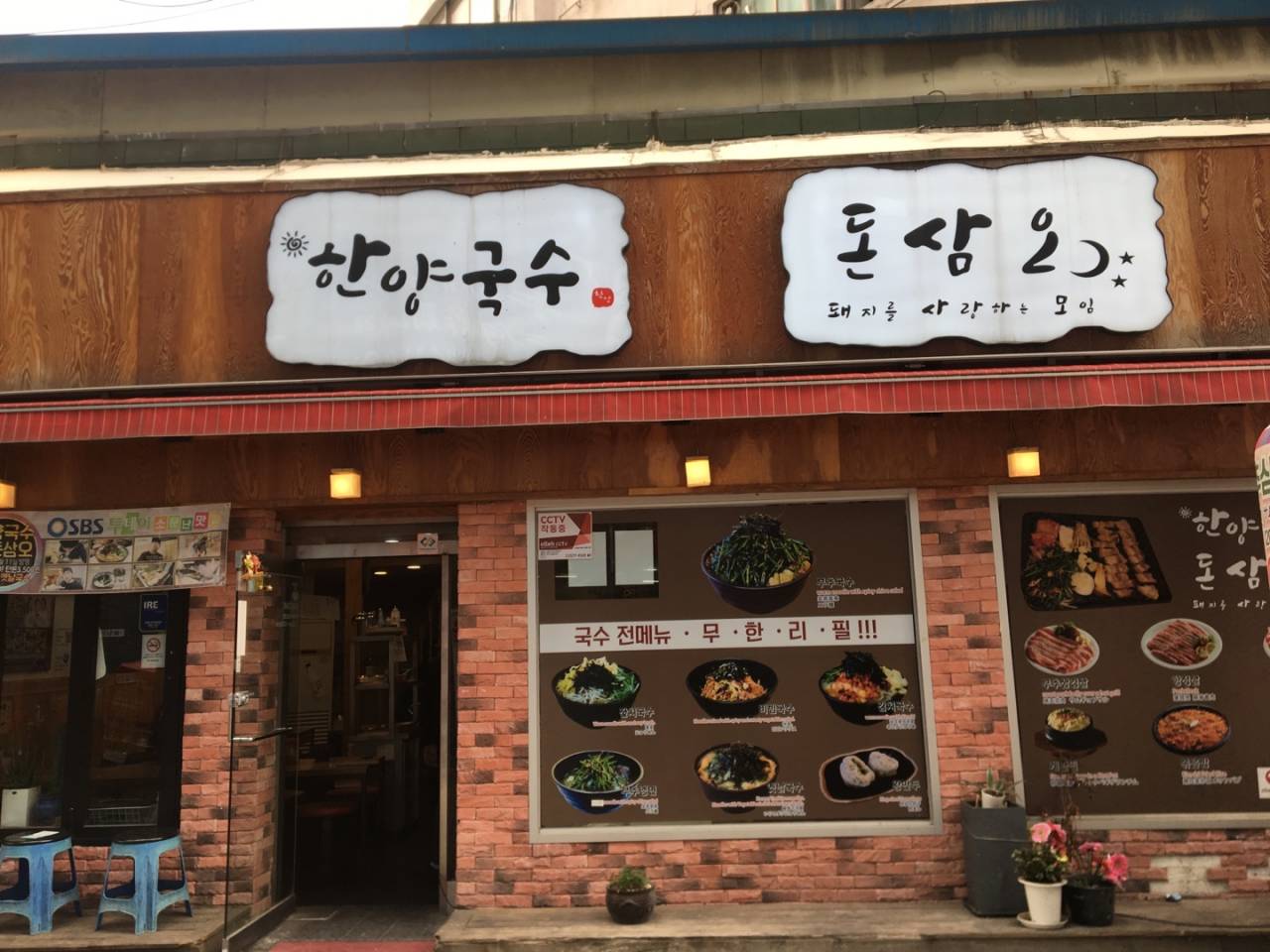
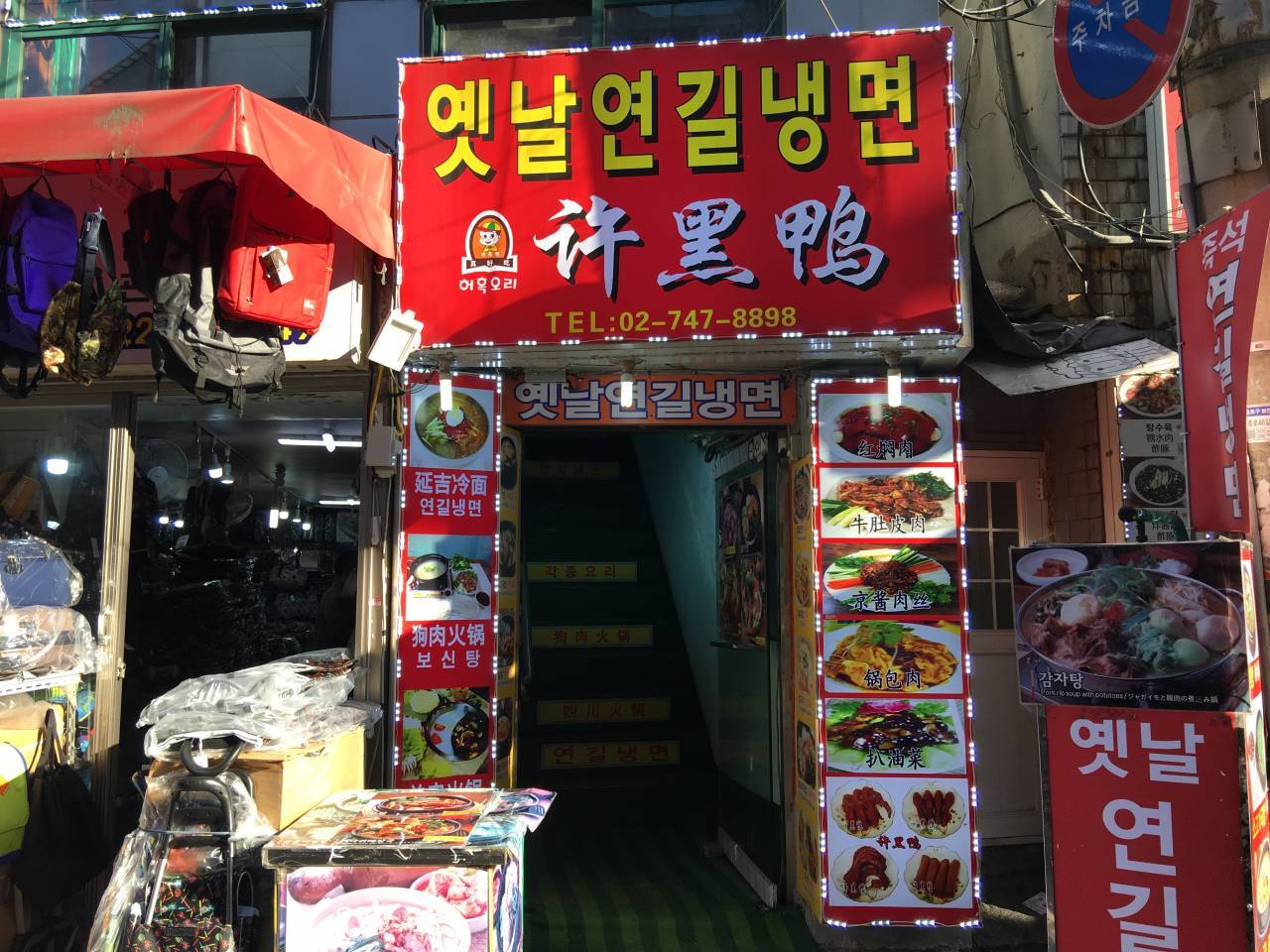
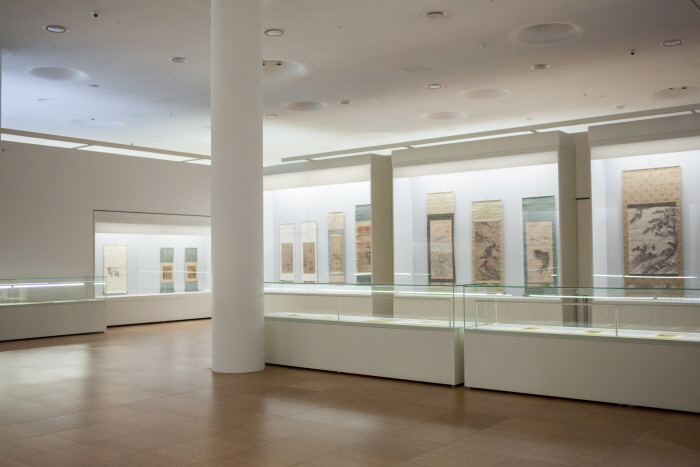
 Español
Español
 한국어
한국어 English
English 日本語
日本語 中文(简体)
中文(简体) Deutsch
Deutsch Français
Français Русский
Русский